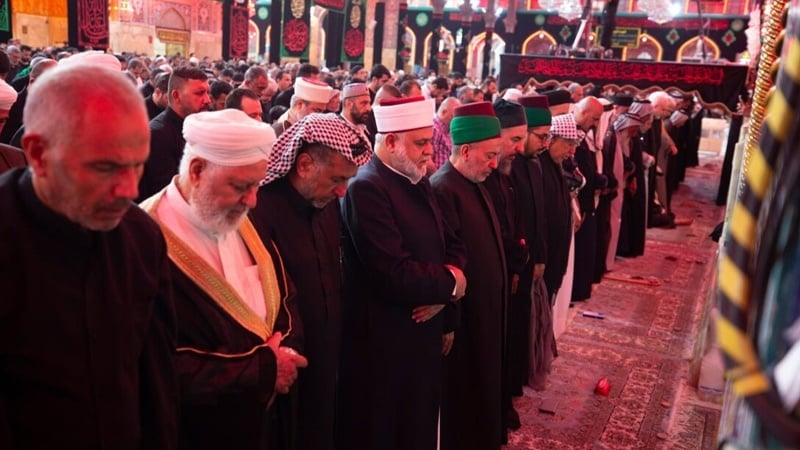Lights amid darkness; Shia-Sunni unity rooted in compassion and mercy
-

Lights amid darkness; Shia-Sunni unity rooted in compassion and mercy
Pars Today – Amid war and bloodshed, Shia and Sunni communities across West Asia are extending hands of unity to one another.
According to Pars Today, Palestinian writer Yahya Lababidi, in an article for The New Arab, writes: "Healing the Shia–Sunni rift requires unconditional defense of justice in all its forms."
In Gaza, aid workers recently pulled more than thirty bodies from under the rubble in a single day; some were still breathing, but most had lost their lives. Such scenes are grim reminders that homes have become mass graves, and hospitals turned into cemeteries.
In southern Lebanon, Israeli airstrikes continue, displacing thousands. As the conflict escalates, up to a million people may be forced to flee their homes.
In Kurram, Pakistan, in November 2024, an ambush on a convoy of Shia worshippers left at least 54 dead. Retaliatory violence in the following weeks pushed the death toll past 130 — until tribal elders brokered a fragile truce. Grief and fury hang like searing ash over these lands, as opportunists rekindle old divisions.
Lababidi notes that the Shia–Sunni divide, once a topic of academic debate in libraries and study circles, has today turned into a political fault line.
Yet amid the darkness, there are glimmers of hope: In Amman, Jordanians — Palestinian, Syrian, and native — showed solidarity by donating blood for the wounded in Gaza.
In Lebanon, Sunni, Druze, Shia, and Christian families in the Chouf and Bekaa regions quietly opened their homes to displaced southerners.
In Pakistan, after the Kurram attacks, tribal elders from both sects came together, dismantled sectarian checkpoints, and agreed to conscience-based truces — not decreed from above, but grounded in mutual respect — to protect religious sites.
In Iraq, Sunni volunteers distributed water and aided the injured during Ashura alongside Shia mourners.
In Bahrain, Sunni clerics donned black and mourned with Shia communities during Muharram.
In Yemen, Zaydi and Sunni clerics gathered in Taizz and Ibb to pray together and emphasize justice and reconciliation.
During Islamic Unity Week, Muslim communities in Baghdad, Sidon, and Manama — despite their differences — sat together and recited from the same holy book, the Qur’an.
As we’ve seen, in the heart of violence, displacement, and injustice, signs of Shia–Sunni solidarity in crisis-affected regions offer a living, lasting promise of hope. These movements transcend official powers and manifest through the human, religious, and spiritual acts of ordinary people — from helping the wounded, to shared prayers, and safeguarding sacred spaces.
Religious unity does not mean denying differences but embracing them with honesty and committing together to justice, mercy, and conscience. These bonds, though quiet, run deep — and they show that a future free from violence and built on mutual understanding is still possible.
MG